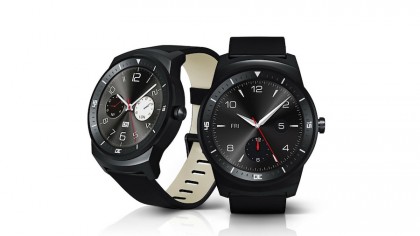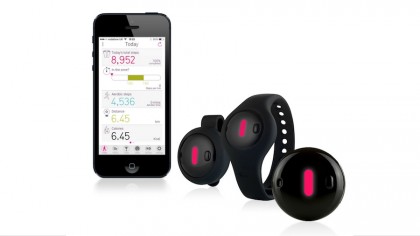Are wearables at work a risky business?
Data collected by wearables is now being used as evidence in court
The software problem
The fact that employee wearables will soon become a treasure trove is not in doubt. However, there's presently also no easy way of finding, preserving, retrieving and analysing data from wearables prior to a court case, or for any other use.
"Unlike email systems, there are no off-the-shelf solutions currently available in the industry to seamlessly capture and convert the disparate data stores into a form that is manageable for attorneys reviewing for relevancy," says Wasserman. For now, it's a manual process for technical experts.
Staying out of court, however, is the preferred option for business. "We're talking to companies about using wearables to help keep them out of court, by incorporating Bluetooth beacon interactions to trigger alerts about health and safety and ensure that employees are following the right procedures," says JP Luchetti, Consultancy Director, Mubaloo.

How does the Internet of Things affect how businesses handle personal data?
It's too early to tell for sure, but the emergence of the Internet of Things brings forward four questions about personal data – who owns the data being created, where it is being housed, how can it be retrieved, and how should it be interpreted?
"Wearables are not standalone devices," says Wasserman, who insists that a Fitbit has very little data stored upon it. "Typically a small collection of data is housed locally and sent to either a Bluetooth-connected smartphone, or a personal computer," he says. "The data is then uploaded to a cloud database that may be housed on a third-party storage array, such as Amazon Web Services."
The data is analysed in the cloud and presented back to the user as summaries on daily activity or sleep patterns, for example. It's all automated. "In a scenario where only one individual's data is in question, this does not present much of a challenge," says Wasserman. "But what happens when your workforce is 1,000+ employees?"

The future for wearables at work
Like it or not, wearables at work are inevitable. By 2018, two million employees will be required to wear health and fitness tracking devices as a condition of employment. That's according to analysts at Gartner, who think that police officers, fire-fighters and paramedics will comprise the largest group of employees required to monitor their health or fitness.
Are you a pro? Subscribe to our newsletter
Sign up to the TechRadar Pro newsletter to get all the top news, opinion, features and guidance your business needs to succeed!
"The health and fitness of people employed in jobs that can be dangerous or physically demanding will increasingly be tracked by employers via wearable devices," says Gartner in its report 'Top Strategic Predictions for 2016 and Beyond: The Future Is a Digital Thing'. "Their heart rates and respiration, and potentially their stress levels, could be remotely monitored and help could be sent immediately if needed," states the report. Professional athletes, political leaders, airline pilots, industrial workers and remote field workers are next in line.
What about the office?
However, in the mainstream office, wearables are far from embedded. "Wearables are still viewed as a non-essential item," says Luchetti. "They are nice to have, but when you consider that many companies are only just coming round to properly utilising smartphones and tablets, we're a while away from wearables becoming commonplace … it's likely that the phone or tablet will remain the device for the connected office."
That's not to say that big companies of all kinds aren't testing out and experimenting with wearables – they are – but with legal cases beginning to use data from these devices, businesses need to think about how to secure and interrogate data drawn from wearables. Or else the novelty of wearables at work could easily wear off…
Jamie is a freelance tech, travel and space journalist based in the UK. He’s been writing regularly for Techradar since it was launched in 2008 and also writes regularly for Forbes, The Telegraph, the South China Morning Post, Sky & Telescope and the Sky At Night magazine as well as other Future titles T3, Digital Camera World, All About Space and Space.com. He also edits two of his own websites, TravGear.com and WhenIsTheNextEclipse.com that reflect his obsession with travel gear and solar eclipse travel. He is the author of A Stargazing Program For Beginners (Springer, 2015),
